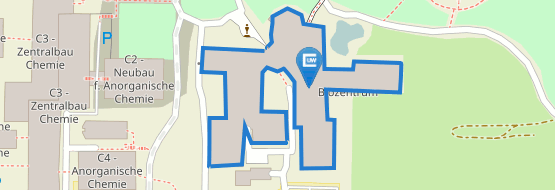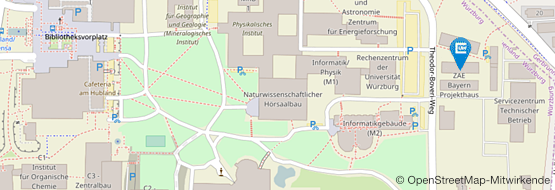Are tumor cells glutamine addicts?
04/13/2017
Many tumors are thought to depend on glutamine, suggesting glutamine deprivation as therapeutic approach, but a new study shows that this effect might have been overestimated.
more






















